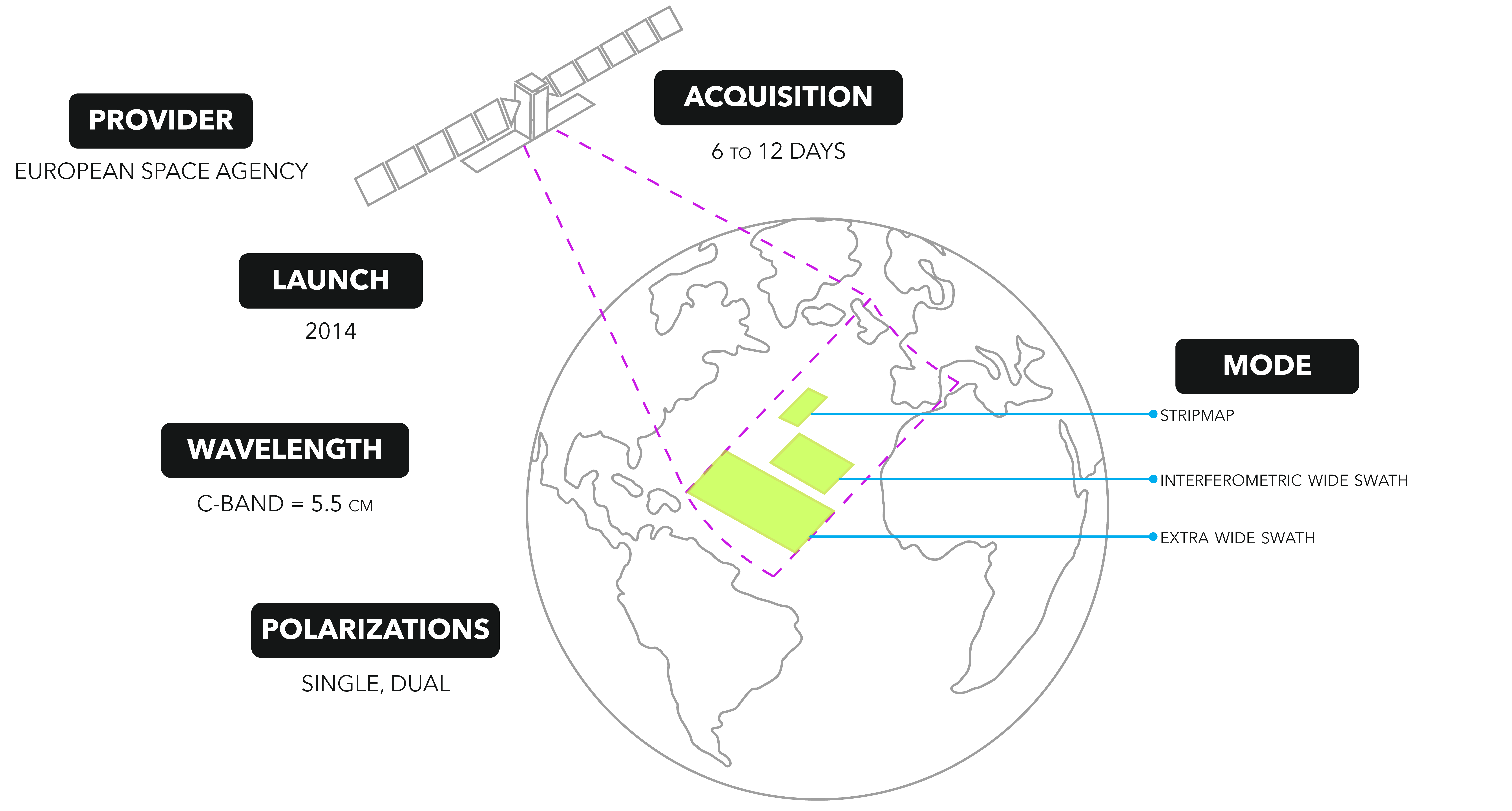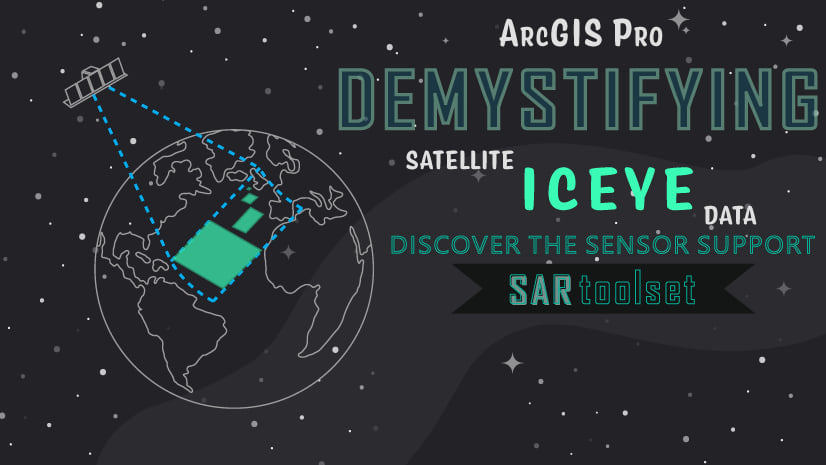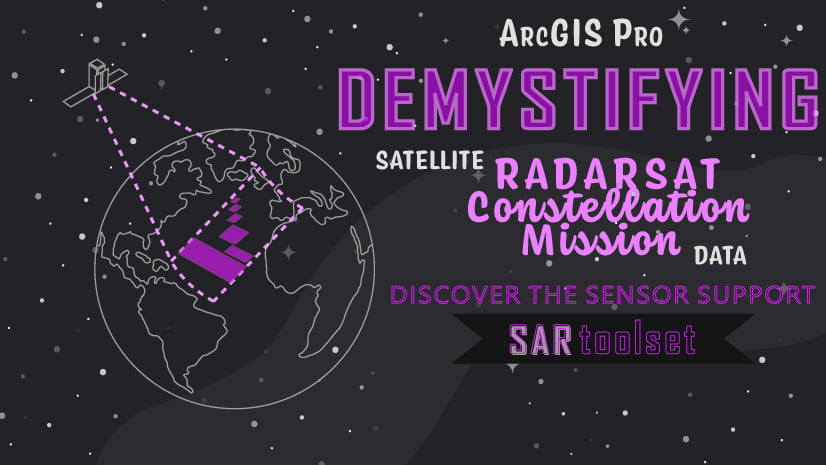Calling all GIS analysts, researchers, students, or anyone curious about Synthetic Aperture Radar (SAR) satellite imaging! Do you find yourself asking questions such as “Who provides Sentinel-1 data?”, “What SAR products are supported in ArcGIS Pro?” and “How does the ArcGIS Pro Synthetic Aperture Radar toolset support Sentinel-1 SAR satellite data?”? If so, then you’ve come to the right place! Let’s unravel the technical aspects of Sentinel-1 SAR products and learn how the ArcGIS Pro Synthetic Aperture Radar Toolset supports Sentinel-1 SAR data!
Who provides Sentinel-1 data?
Sentinel-1 is a satellite mission developed by the European Space Agency (ESA) as part of the Copernicus program. This program aims to provide accurate, up-to-date, and reliable information about the Earth’s environment for various applications. The program consists of a constellation of satellites, known as the Sentinel series, which gather data on different aspects of the Earth, including land, oceans, atmosphere, and climate. These satellites are equipped with advanced sensors and instruments that capture data in various wavelengths and resolutions. This data is made available to the public, researchers, and policymakers through the Copernicus Open Access Hub.
What SAR products are supported in ArcGIS Pro?
Many SAR sensors are available and supported as raster types in ArcGIS Pro and each has various products and polarizations. The ESA Sentinel-1A and Sentinel-1B satellites collect data in four imaging modes: Stripmap (SM), Interferometric Wide Swath (IW), Extra-Wide Swath (EW), and Wave (WV)—with a swath of up to 400 kilometers and resolution as fine as 5 meters.
The main supported product:
- Ground Range Detected (GRD)—These products are images that have been multilooked and projected to the ground range using an Earth ellipsoid model. A GRD image is stored as a real value array. The value in each pixel represents the amplitude of the reflected backscatter signal. GRD products contain approximately square resolution cells and square pixel spacing.
The C-band sensors for both satellites operate at a center frequency of 5.405 GHz (wavelength of approximately 5.547 centimeters), and the SM, IW, and EW modes offer single (HH or VV) and dual (HH+HV or VV+VH) polarization options.

To learn more about Sentinel-1, visit the European Space Agency website.
How does the ArcGIS Pro Synthetic Aperture Radar toolset support Sentinel-1 data?
Users can access the ArcGIS Pro Synthetic Aperture Radar toolset with the Image Analyst license. ArcGIS Pro treats the supported SAR sensor data as a raster layer with radar properties and capabilities; the support level depends on the sensor. It’s good to note that once the dataset has been processed by a tool outside the Synthetic Aperture Radar toolset, it is no longer considered a radar layer.
The table below lists the geoprocessing tools available for Sentinel-1 data.
| Download Orbit File | Apply Orbit Correction | Remove Thermal Noise | Apply Radiometric Calibration | Apply Radiometric Terrain Flattening | Despeckle | Apply Geometric Terrain Correction | Convert SAR Units | Multilook | Create Color Composite | |
| Sentinel-1 GRD | ✓ | ✓ | ✓ | ✓ | ✓ | ✓ | ✓ | ✓ | ✓ | ✓ |
If you haven’t read “Simple steps to add SAR satellite data to your ArcGIS Pro map”, it might be worth a virtual page turn to learn more about SAR sensors, SAR products, SAR raster products, and SAR raster types. Also, visit this StoryMap about SAR satellite data.




Article Discussion: